Home>Gardening & Outdoor>Landscaping Ideas>How To Get Rid Of Grub Worms In Grass
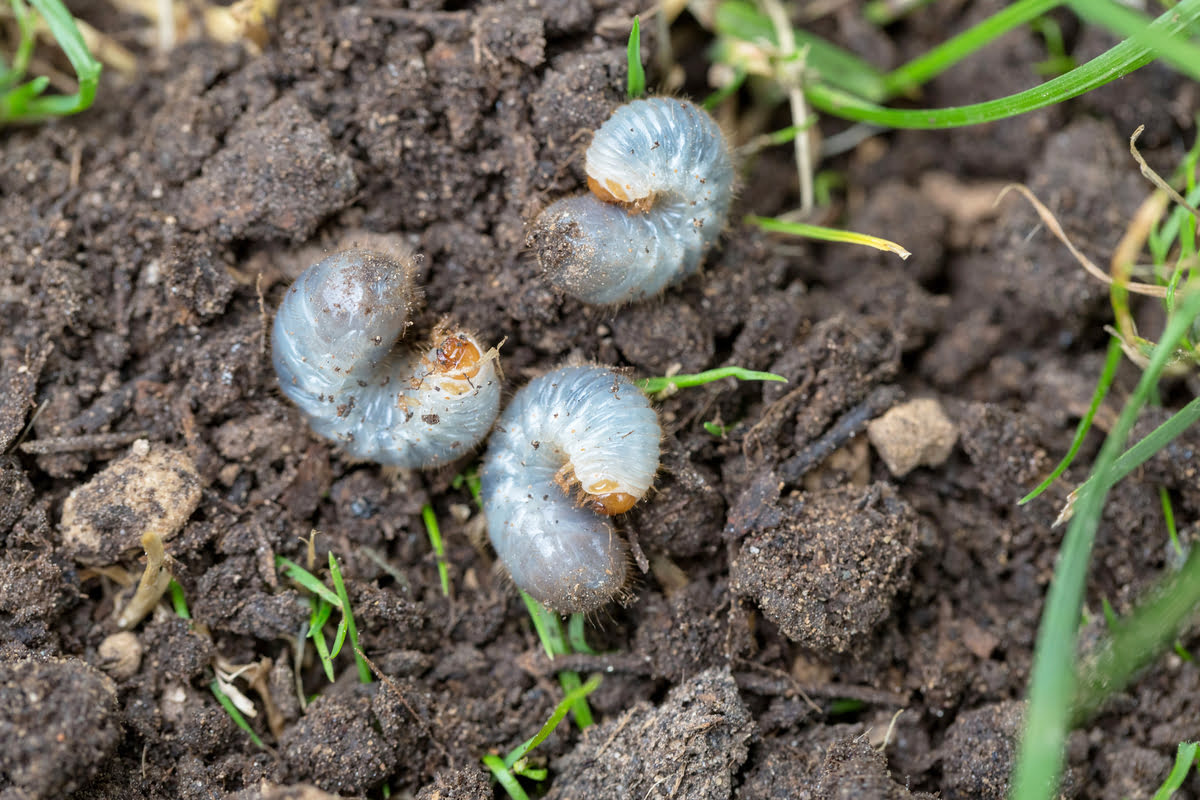

Landscaping Ideas
How To Get Rid Of Grub Worms In Grass
Modified: February 18, 2024
Learn effective landscaping ideas to eliminate grub worms in grass and maintain a healthy lawn. Get expert tips for grub worm control and prevention.
(Many of the links in this article redirect to a specific reviewed product. Your purchase of these products through affiliate links helps to generate commission for Storables.com, at no extra cost. Learn more)
Introduction
Welcome to the battle against one of the most notorious pests that can wreak havoc on your beautiful lawn – the dreaded grub worms. These voracious creatures, the larval stage of various beetles such as Japanese beetles and June bugs, can turn a lush, green expanse of grass into a brown, patchy mess seemingly overnight. But fear not, as we are about to embark on a journey to reclaim your lawn from the clutches of these destructive pests.
In this comprehensive guide, we will delve into the world of grub worms, exploring their lifecycle, the telltale signs of their presence, and most importantly, effective strategies to eliminate them from your lawn. Whether you prefer natural remedies or opt for chemical treatments, we will cover all the bases to ensure that your lawn remains a thriving oasis of greenery.
So, grab your gardening gloves and join us as we uncover the secrets to banishing these unwanted intruders and restoring your lawn to its former glory. Let's dive into the fascinating world of grub worms and discover how to reclaim your turf from their destructive grasp.
Key Takeaways:
- Grub worms can quickly damage your lawn, but natural methods like beneficial nematodes and neem oil offer eco-friendly ways to control them while promoting a healthy lawn ecosystem.
- Prevent future grub worm infestations by maintaining a well-aerated lawn, incorporating diverse plantings, and embracing integrated pest management, ensuring long-term lawn health and resilience.
Read more: How To Get Rid Of Grubs In Grass
Understanding Grub Worms
Before we can effectively combat these underground adversaries, it’s essential to understand the enemy we’re facing. Grub worms are the larval stage of several species of beetles, including Japanese beetles, June bugs, and European chafers. These C-shaped larvae reside in the soil, where they voraciously feed on grassroots, causing substantial damage to lawns, gardens, and ornamental plants.
Grub worms are most active in the spring and fall, as they feed on the tender roots of grass and other plants, depriving them of essential nutrients and water. This feeding frenzy can quickly result in brown, wilting patches of grass, which can be easily uprooted due to the weakened root system.
Understanding the life cycle of grub worms is crucial for effective control. After hatching from eggs laid in the soil, the larvae undergo several stages of development, feeding and growing as they progress. As they mature, they burrow deeper into the soil to overwinter, emerging as adult beetles in the following spring or early summer to continue the cycle.
These destructive pests thrive in moist, well-irrigated lawns, making them particularly problematic for homeowners who take pride in maintaining healthy, green grass. By understanding their life cycle and feeding habits, we can develop targeted strategies to combat these pests and prevent further damage to our lawns.
Signs of Grub Worm Infestation
Identifying the presence of grub worms in your lawn is essential for implementing timely and effective control measures. While these subterranean pests may be out of sight, their destructive activities often leave behind telltale signs that can alert homeowners to a potential infestation.
One of the most evident indicators of a grub worm infestation is the sudden appearance of brown, wilting patches of grass. These areas may feel spongy underfoot, indicating that the roots have been compromised and can no longer support the grass blades. Additionally, as the grass loses its anchor in the soil, it becomes increasingly easy to lift, revealing the extent of the damage caused by the feeding larvae.
Another common sign of grub worm infestation is an increase in animal activity on the lawn. Animals such as raccoons, skunks, and birds are drawn to lawns infested with grub worms, as the larvae serve as a readily available food source. Consequently, homeowners may notice small, irregular patches of upturned soil where these animals have been foraging for the unsuspecting grubs.
Furthermore, the presence of adult beetles, such as Japanese beetles or June bugs, in and around the lawn can signify a potential grub worm infestation. These beetles lay their eggs in the soil, and the emerging larvae begin their destructive feeding, perpetuating the cycle of infestation.
Regularly inspecting the lawn for signs of wilting grass, increased animal activity, and the presence of adult beetles can aid in early detection of grub worm infestations. By promptly identifying and addressing these signs, homeowners can mitigate the damage caused by these destructive pests and prevent further deterioration of their lawns.
Natural Methods for Getting Rid of Grub Worms
For those who prefer a natural and environmentally friendly approach to pest control, several effective methods can help eliminate grub worms from the lawn without resorting to chemical treatments. These natural remedies not only target the existing grub population but also contribute to the overall health and vitality of the lawn.
1. Beneficial Nematodes: Introducing beneficial nematodes, such as Heterorhabditis bacteriophora or Steinernema feltiae, to the soil can provide effective biological control of grub worms. These microscopic roundworms seek out and infect the larvae, ultimately leading to their demise. Application of nematodes should be carried out in the late summer or early fall when the grubs are in the most susceptible stage of their life cycle.
2. Milky Spore: Another natural and long-term solution is the application of milky spore powder, which contains the bacterium Bacillus popilliae. Once established in the soil, milky spore can persist for years, providing continuous control of Japanese beetle grubs, a common culprit in grub worm infestations. As the grubs ingest the spores while feeding, the bacterium proliferates within their bodies, ultimately leading to their demise.
3. Neem Oil: Derived from the seeds of the neem tree, neem oil offers a natural and non-toxic method for controlling grub worms. When applied to the soil, neem oil disrupts the feeding and growth of the larvae, ultimately leading to their decline in numbers. Additionally, neem oil possesses insecticidal properties that can deter adult beetles from laying their eggs in the treated area, further preventing future infestations.
4. Healthy Lawn Practices: Maintaining a healthy and well-aerated lawn can also deter grub worm infestations. Proper watering and mowing, along with regular dethatching and overseeding, contribute to the resilience of the grass, making it less susceptible to damage caused by grub worms. Additionally, promoting a diverse and robust ecosystem in the lawn, including beneficial insects and microorganisms, can help naturally regulate grub populations.
By incorporating these natural methods into your lawn care routine, you can effectively combat grub worm infestations while fostering a thriving and sustainable environment for your grass and plants.
One tip for getting rid of grub worms in grass is to apply beneficial nematodes to the affected area. These microscopic organisms can help control the grub population and are safe for the environment.
Chemical Treatments for Grub Worms
While natural methods offer eco-friendly alternatives for controlling grub worms, some homeowners may opt for chemical treatments to swiftly and effectively eradicate these destructive pests. Various insecticides specifically formulated to target grub worms can provide rapid relief from infestations, offering a valuable solution for those facing severe or persistent grub problems.
1. Grub-Targeted Insecticides: Several insecticides are designed to specifically target and eliminate grub worms in lawns and gardens. These products, available in granular or liquid formulations, contain active ingredients such as imidacloprid, chlorantraniliprole, or trichlorfon, which effectively disrupt the feeding and development of the larvae. Application timing is crucial, as these insecticides are most effective when applied during the early stages of grub activity, typically in late spring or early summer.
2. Application Methods: Granular insecticides can be applied using a broadcast spreader, ensuring even coverage over the affected area. Liquid formulations are typically diluted and applied using a sprayer, allowing for targeted treatment of specific areas. It’s essential to follow the manufacturer’s instructions regarding application rates and safety precautions to achieve optimal results while minimizing environmental impact.
3. Professional Treatment: For severe or persistent grub infestations, seeking the expertise of professional lawn care services can provide access to specialized treatments and application techniques. Professional applicators can accurately assess the extent of the infestation and administer targeted chemical treatments to effectively eliminate grub worms while minimizing potential risks.
4. Environmental Considerations: When utilizing chemical treatments, it’s important to consider potential environmental impacts and adhere to responsible application practices. Avoiding excessive or unnecessary use of insecticides, especially in areas frequented by pollinators or beneficial insects, is essential for maintaining ecological balance and safeguarding the overall health of the ecosystem.
While chemical treatments can offer swift and targeted control of grub worms, it’s crucial to weigh the potential risks and benefits, considering natural and integrated pest management approaches as part of a comprehensive lawn care strategy. By understanding the available options and their implications, homeowners can make informed decisions to effectively address grub infestations while promoting a healthy and sustainable outdoor environment.
Read more: How To Get Rid Of Worms On My Patio
Preventing Future Grub Worm Infestations
After successfully addressing a grub worm infestation, preventing future occurrences becomes a top priority for homeowners seeking to maintain a healthy and vibrant lawn. By implementing proactive measures and integrating preventive strategies into their lawn care routine, homeowners can significantly reduce the risk of recurring grub infestations, preserving the beauty and vitality of their outdoor spaces.
1. Proper Lawn Maintenance: Consistent and attentive lawn care practices play a pivotal role in preventing grub worm infestations. Regular mowing at the appropriate height, adequate watering to promote deep root growth, and proper fertilization contribute to the resilience of the grass, making it less susceptible to damage caused by grub larvae.
2. Soil Testing and Amendment: Conducting periodic soil tests can provide valuable insights into the nutrient levels and pH balance of the soil. By addressing any deficiencies or imbalances through targeted soil amendments, homeowners can create an optimal growing environment for the grass while minimizing conditions favorable to grub worm infestations.
3. Beneficial Landscaping: Incorporating diverse and beneficial plantings in the landscape can attract natural predators of grub worms, such as ground beetles, birds, and parasitic wasps. Creating a balanced and biodiverse ecosystem in the lawn promotes natural pest control, helping to regulate grub populations and mitigate infestation risks.
4. Regular Monitoring: Vigilant monitoring of the lawn for early signs of grub activity enables homeowners to intervene promptly and implement targeted control measures before an infestation escalates. Regular inspection of the grass, particularly during the spring and fall when grub activity is most pronounced, can aid in early detection and effective management.
5. Integrated Pest Management (IPM): Embracing an integrated approach to pest management involves combining various strategies, including cultural, biological, and chemical controls, to address pest issues while minimizing environmental impact. By integrating natural and preventive measures with targeted chemical treatments when necessary, homeowners can effectively manage grub worms while promoting a balanced and sustainable lawn ecosystem.
By proactively implementing these preventive measures and integrating them into their lawn care regimen, homeowners can fortify their defenses against future grub worm infestations, ensuring the long-term health and resilience of their lawns.
Conclusion
As we conclude our journey through the realm of grub worm infestations, it’s evident that these subterranean pests pose a significant threat to the health and beauty of our lawns. However, armed with knowledge and a diverse arsenal of control strategies, homeowners can effectively combat these destructive larvae and safeguard the vibrancy of their outdoor spaces.
From understanding the life cycle and habits of grub worms to identifying the signs of infestation, we’ve explored the critical aspects of managing these persistent pests. Whether opting for natural remedies, chemical treatments, or proactive preventive measures, homeowners have a range of options to address and mitigate the impact of grub worm infestations.
Furthermore, the integration of environmentally friendly approaches, such as beneficial nematodes, milky spore, and healthy lawn practices, underscores the importance of sustainable and balanced pest management. By fostering a resilient and biodiverse ecosystem in the lawn, homeowners can naturally regulate grub populations while minimizing reliance on chemical treatments.
As we strive to maintain lush, healthy lawns, it’s essential to embrace a holistic approach to lawn care, considering not only the immediate control of pests but also the long-term vitality and sustainability of the outdoor environment. By promoting healthy soil, diverse plantings, and vigilant monitoring, homeowners can create an environment that is inherently resistant to pest infestations, including those caused by grub worms.
In our quest to reclaim and preserve the beauty of our lawns, let us continue to explore innovative and responsible strategies for managing pest issues while nurturing the natural splendor that surrounds us. With a steadfast commitment to sustainable practices and a deep understanding of the dynamics of lawn ecosystems, we can triumph over the challenges posed by grub worms and cultivate thriving outdoor spaces for generations to come.
Frequently Asked Questions about How To Get Rid Of Grub Worms In Grass
Was this page helpful?
At Storables.com, we guarantee accurate and reliable information. Our content, validated by Expert Board Contributors, is crafted following stringent Editorial Policies. We're committed to providing you with well-researched, expert-backed insights for all your informational needs.
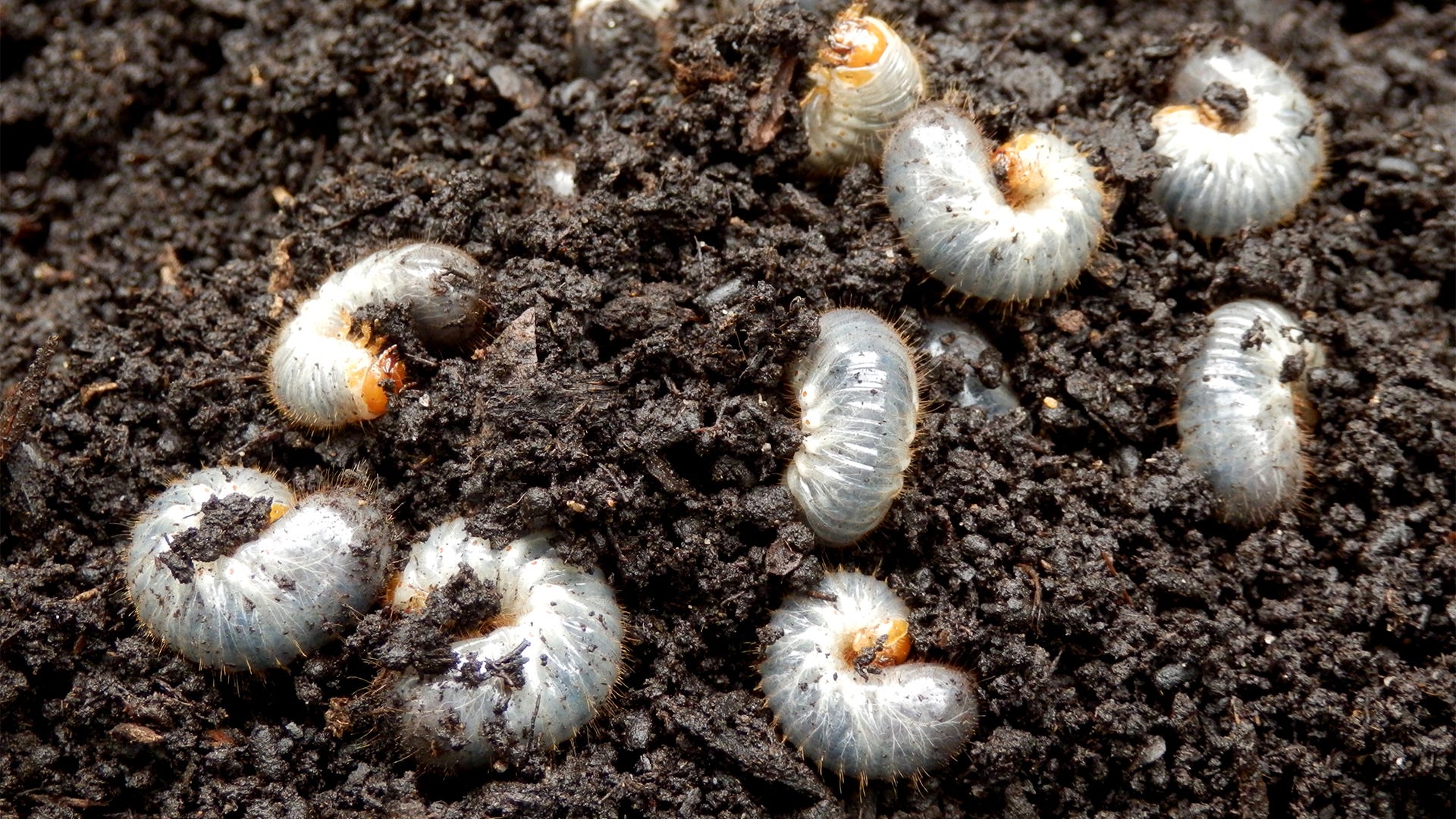









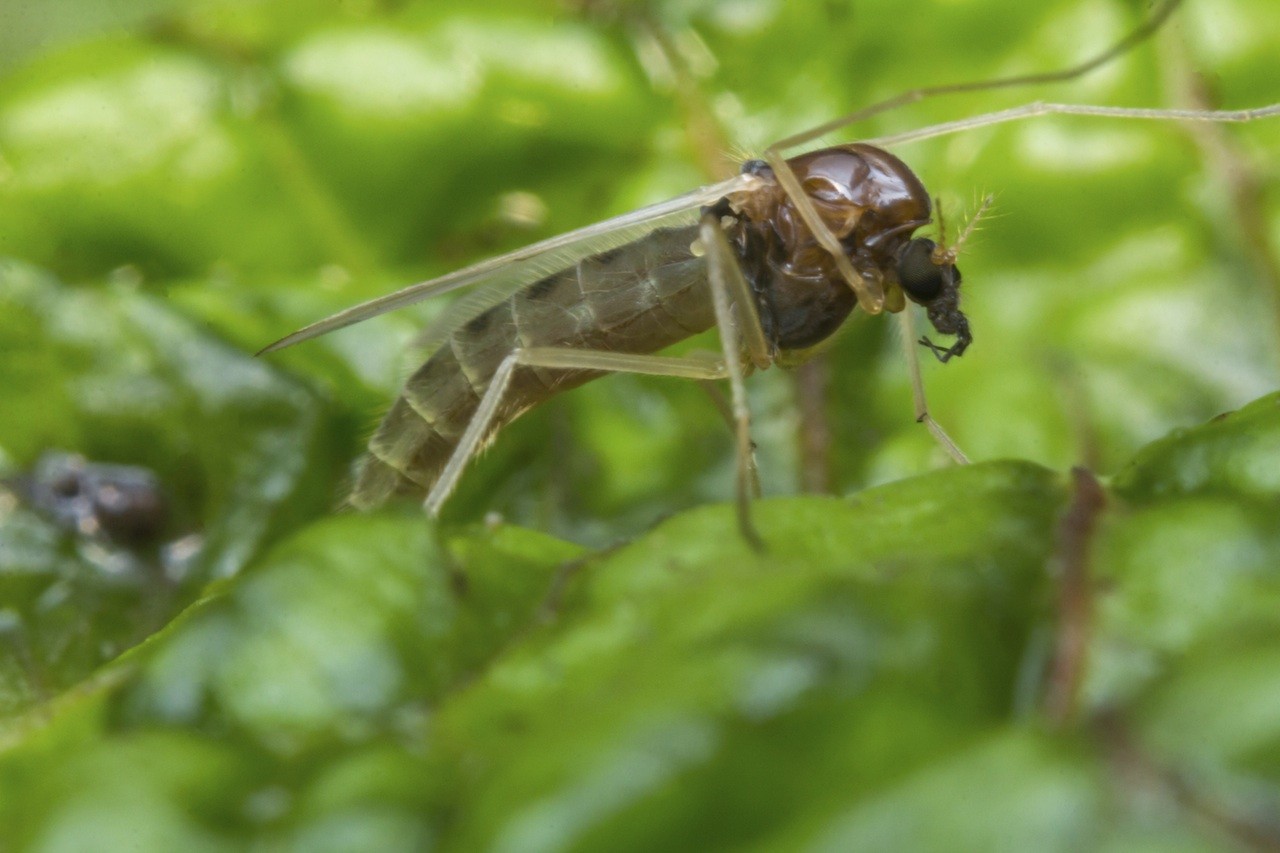
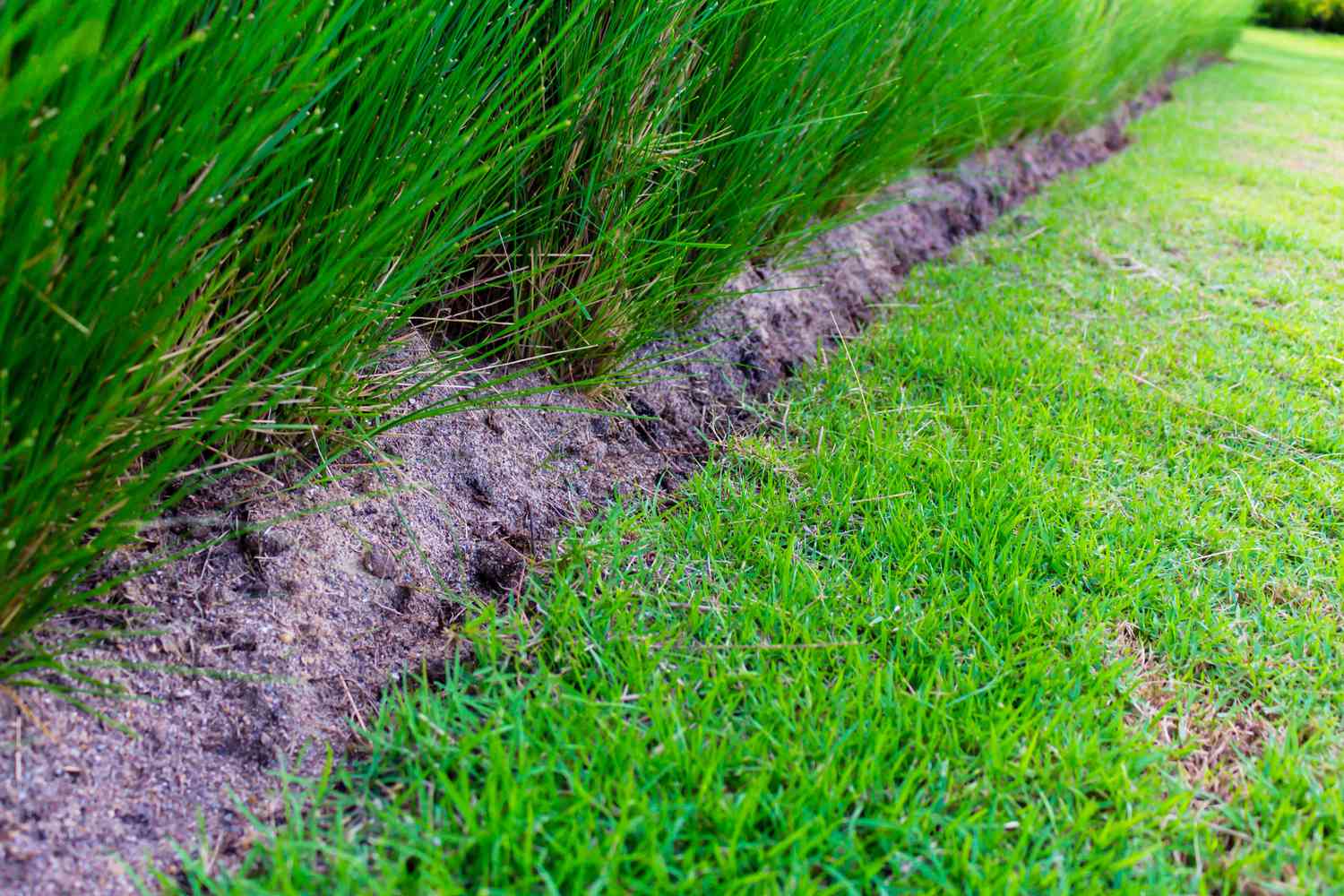
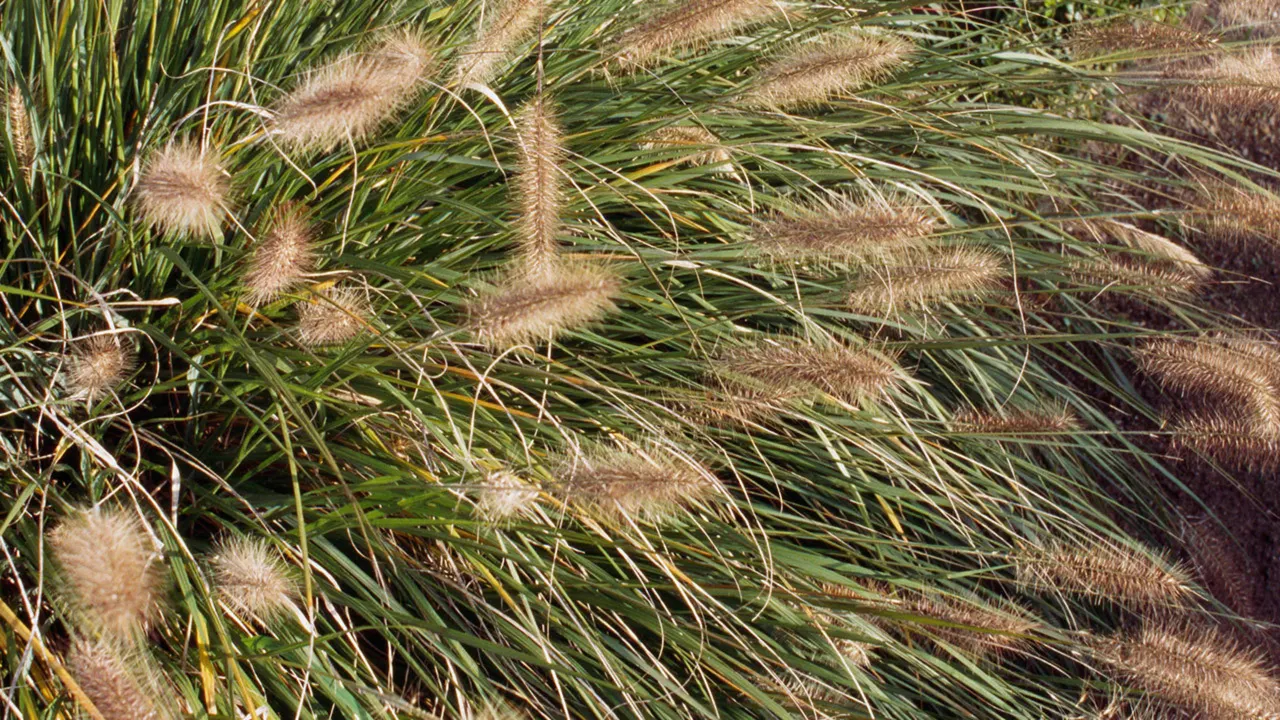
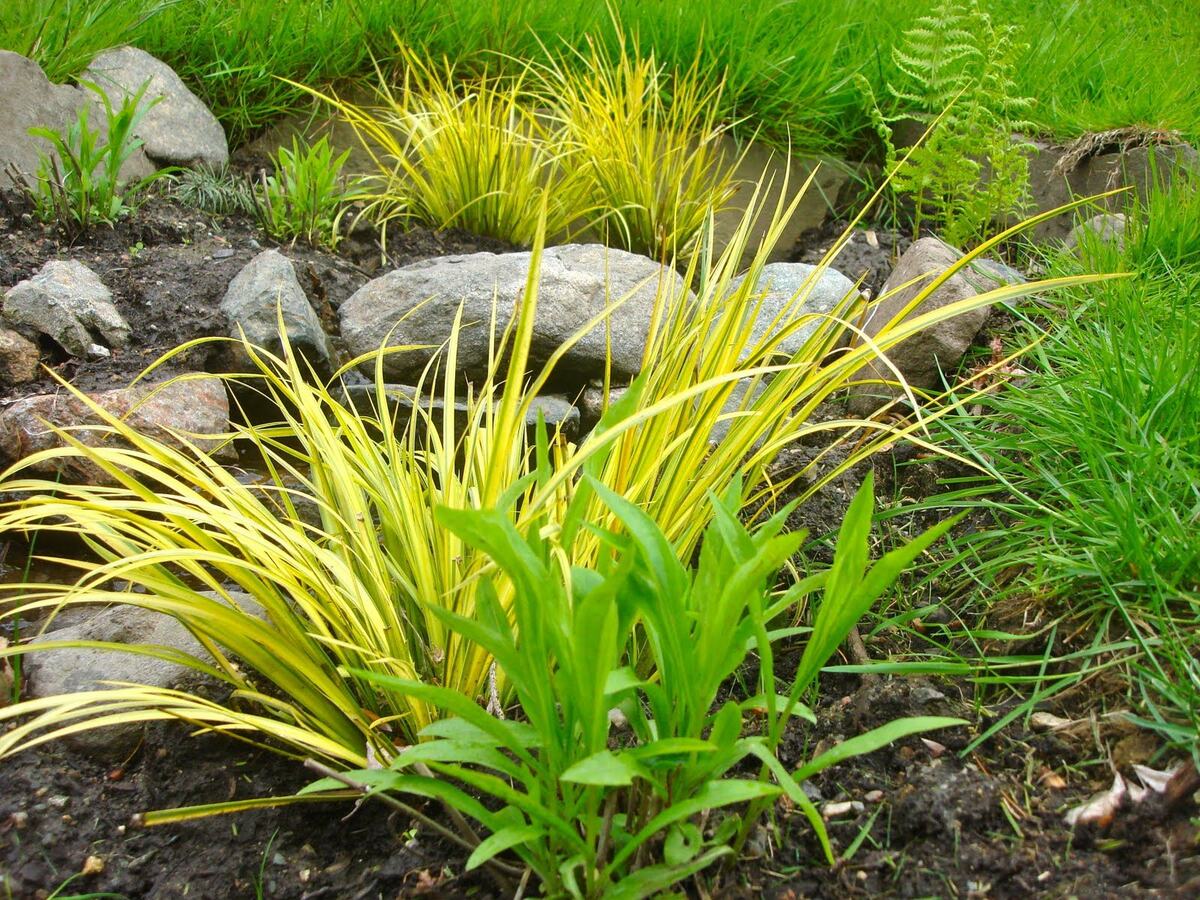

0 thoughts on “How To Get Rid Of Grub Worms In Grass”